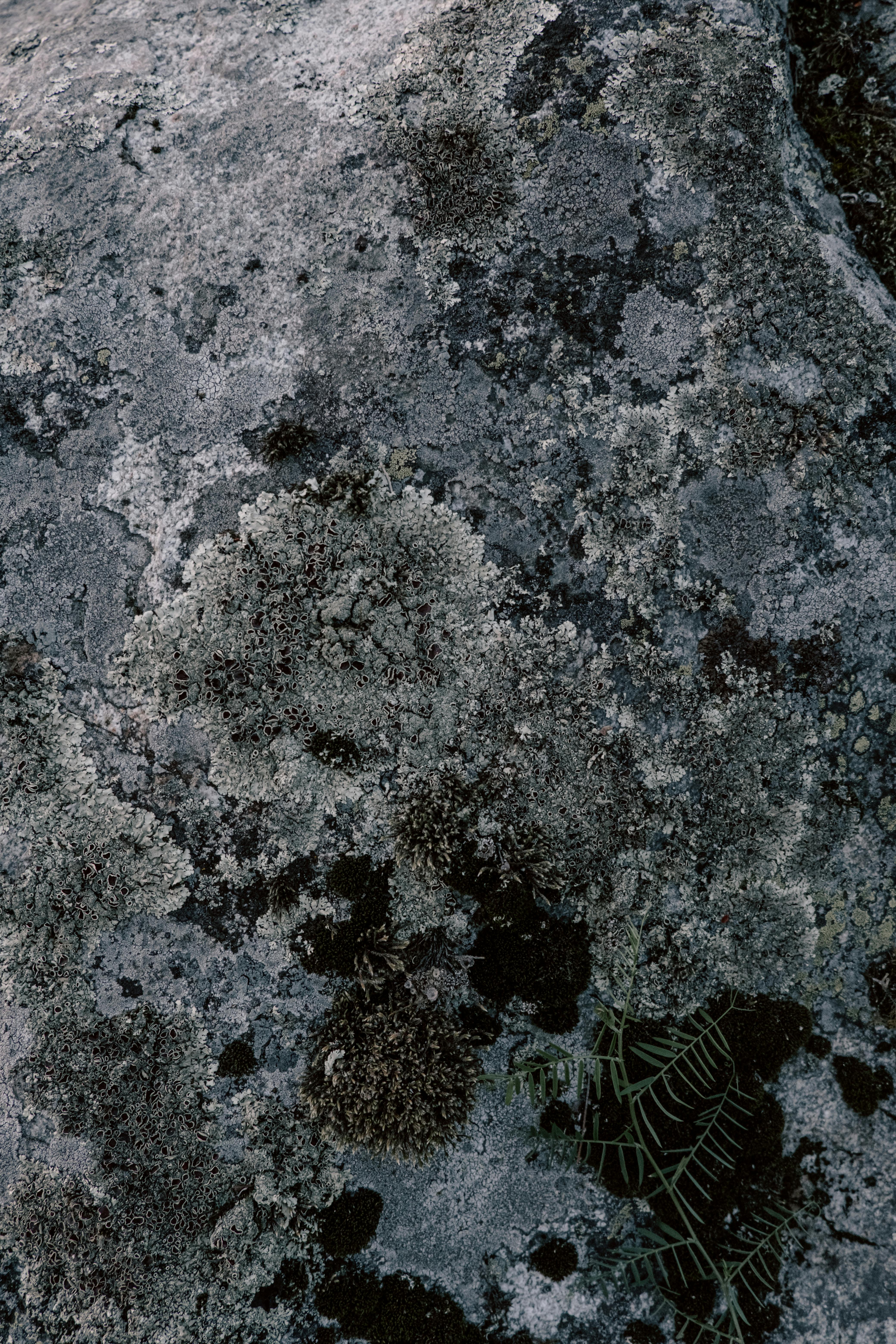Top 7 New Zealand Rabbit Colors: Explore 2025 Trends
New Zealand rabbits are not just beloved pets; they come in a stunning array of colors that make them even more attractive to enthusiasts and breeders alike. As we move into 2025, specific trends in New Zealand rabbit colors are emerging that showcase the diversity and beauty of these animals. Understanding New Zealand rabbit colors is essential not just for aesthetics but also for genetics, care, and breeding practices. This article will explore the top trends in New Zealand rabbit colors, offering insights into common and rare hues while also delving into the genetic implications of these beautiful variations.
In this exploration, you'll discover insights into the characteristics and traits of various colors, as well as what they mean for care and housing. You will also find practical tips for maintaining these stunning colors and the significance of breeding choices related to color. By the end, you will have a comprehensive understanding of the New Zealand rabbit colors and how they impact the broader rabbit community.
Ready to hop into the world of New Zealand rabbit colors? Let's explore!
Understanding New Zealand Rabbit Color Trends
Before diving into individual colors, it's vital to understand the context of New Zealand rabbit colors within the breed's characteristics. New Zealand rabbits exhibit a variety of striking hues, making them a popular choice among both novice and experienced rabbit enthusiasts. The genetics behind these colors can provide valuable insights into breeding strategies, which are essential for preserving the quality and health of the species.
The Basics of Rabbit Coat Colors
Rabbit coat colors function primarily as a genetic expression that can vary greatly within a single breed. For example, when examining New Zealand rabbits, common colors include black, red, and white, each exhibiting unique patterns and traits. The understanding of these basic colors forms the foundation for exploring academic studies focused on rabbit color genetics, which show how diversity can be both physically and visually captivating.
Breeding Influences on Color
Within the realm of breeding, it's essential to recognize how different colors manifest in offspring. For New Zealand rabbits, breeding specific colors can yield predictable results based on their genetic makeup. This serves as a significant component of responsible breeding practices, especially when aiming to enhance the quality and appearances of the breed.
Popular Color Variations and Their Traits
New Zealand rabbit colors are often varied, with each hue possessing distinctive traits that can influence care requirements, health, and behavior. For instance, the commonly recognized colors include:
- Red - Known for its vibrant self-coloration.
- Black - Sleek and commonly sought after for its glossy appearance.
- White - Popular in shows for its striking contrast to darker breeds.
Each of these colors comes with its nuances, particularly in terms of fur texture and care, making them imperative for new rabbit owners to understand.
Diving Deep into Rare and Unique Colors
While common colors may dominate the New Zealand rabbit scene, rare colors are gaining popularity as enthusiasts look for something unique. In this section, we will explore some of the rare and unique bunny color variations that are making waves.
Discovering the Uncommon Hues
Beyond the conventional black, red, and white, several less common colors have emerged in the New Zealand rabbit community. Striking shades like blue and chocolate are beginning to attract the attention of breeders interested in diversifying their lines. Understanding these rare colors involves a dive into the genetic complexities that produce them, as they are the result of specific recessive genes.
Why Rare Colors Matter
Rare colors not only add diversity but also can be essential for maintaining genetic health within breeding pools. As rabbit enthusiasts cultivate these unique variations, it's vital to consider how breeding practices impact the overall integrity of the breed. Responsible breeding of these uncommon colors will ensure that they maintain the desired traits, such as good temperament and health, alongside their stunning looks.
Collecting and Showing Unique Colors
Showing rabbits has always been a popular pastime, and unique colors can often capture the attention of judges and spectators alike. Exhibitors who showcase rare colors need to be knowledgeable about the specific criteria that define the characteristics of these colors within the breed standards. This knowledge allows them to present their rabbits in a way that highlights their unique traits.
The Science Behind Rabbit Color Genetics
As we explore further into rabbit colors, understanding the genetic science behind color variations is crucial. By diving deep into rabbit color genetics, breeders can make informed decisions that influence the outcome of future litters.
Understanding Genetic Impacts on Color
Rabbit color genetics involves several modifiers that can greatly affect the final appearance of a rabbit's coat. This understanding is not only fascinating but also imperative for successful breeding programs. For example, a single gene can impact whether a rabbit exhibits a diluted color or if certain patterns appear.
Color Inheritance Patterns
When breeding rabbits, knowing how colors are inherited is crucial to predicting what colors offspring will yield. For instance, when breeding two black New Zealand rabbits, there may be potential for producing other colors based on hidden genes. Understanding these inheritance patterns allows breeders to strategically plan their pairings, maximizing the chances of achieving desired colors.
Rabbit Color Testing and Analysis
With advancements in genetic testing, rabbit color analysis has become more scientific, allowing breeders to identify specific color genes in their rabbits. This knowledge gives them the power to understand which colors are compatible, enhancing their breeding programs. By implementing color testing, breeders can ensure they are working with rabbits that have stable, predictable color traits.
Maintaining and Caring for Your Rabbit's Color
Having a beautiful rabbit is one thing; keeping its colors pristine is another challenge entirely. Proper care and attention are essential for preserving the coat colors of New Zealand rabbits. In this section, we will go over some essential care tips that can positively affect your rabbit’s color and hair quality.
Rabbit Grooming Techniques
Regular grooming plays a significant role in maintaining the vibrancy and health of your rabbit’s fur coat. For New Zealand rabbits, a simple routine that involves brushing can help prevent matting and tangling while also removing dead fur. A well-groomed rabbit displays healthy colors, and maintaining fur quality is just as crucial as the aesthetic appeal.
Feeding for Color Health
The diet of your New Zealand rabbit significantly impacts its coat health. High-quality hay, a proper balance of vegetables, and even rabbit-safe treats can contribute to a brighter, shinier coat. It's essential to avoid feeding your rabbit excessive sugary or starchy foods, as these can lead to poor coat conditions and, consequently, dull colors.
Environmental Factors Affecting Color
Lastly, the environment your rabbit resides in can also significantly affect its color. Factors such as exposure to sunlight, humidity, and temperature can all play roles in a rabbit's coat. Providing a comfortable and consistent environment will ensure your New Zealand rabbit maintains its stunning color through all seasons.
Q&A: Rabbit Color Insights and Care
What determines a New Zealand rabbit’s color?
The color of a New Zealand rabbit is primarily determined by its genetic makeup. Specific genes control the expression of different colors and patterns. For breeders, understanding these genetic factors is essential to achieving desired color traits in future litters.
Are there any colors exclusive to specific breeds?
While some colors can be common to multiple breeds, certain shades can be associated with specific breeds, including New Zealand rabbits. For instance, the classic red is predominantly observed in New Zealand variants, whereas other colors may be more favored in other breeds.
How can I maintain my rabbit's coat color?
Maintaining a rabbit’s coat color involves proper grooming, a balanced diet rich in nutrients, and ensuring a comfortable living environment. Regular grooming helps keep fur healthy and free from mats, while a well-rounded diet can enhance the vibrancy of their coat.
Why are some rabbit colors more popular than others?
Popularity can depend on several factors, including aesthetics, breed standards, and personal preferences of rabbit enthusiasts. Some colors may also be perceived as rarer or more exotic, making them desirable among breeders and pet owners.
Is there a connection between a rabbit’s color and its temperament?
While color itself does not dictate temperament, certain breeds and their associated colors may have tendencies that affect behavior. Socialization and care play more significant roles in shaping a rabbit’s temperament.


